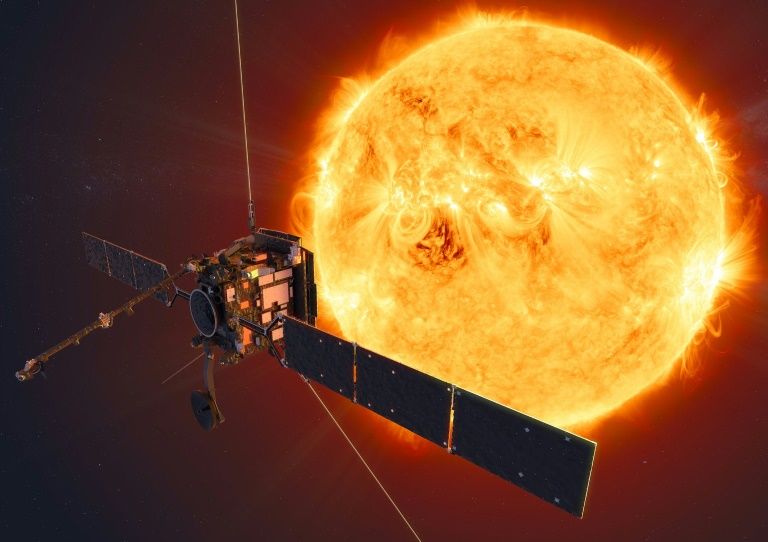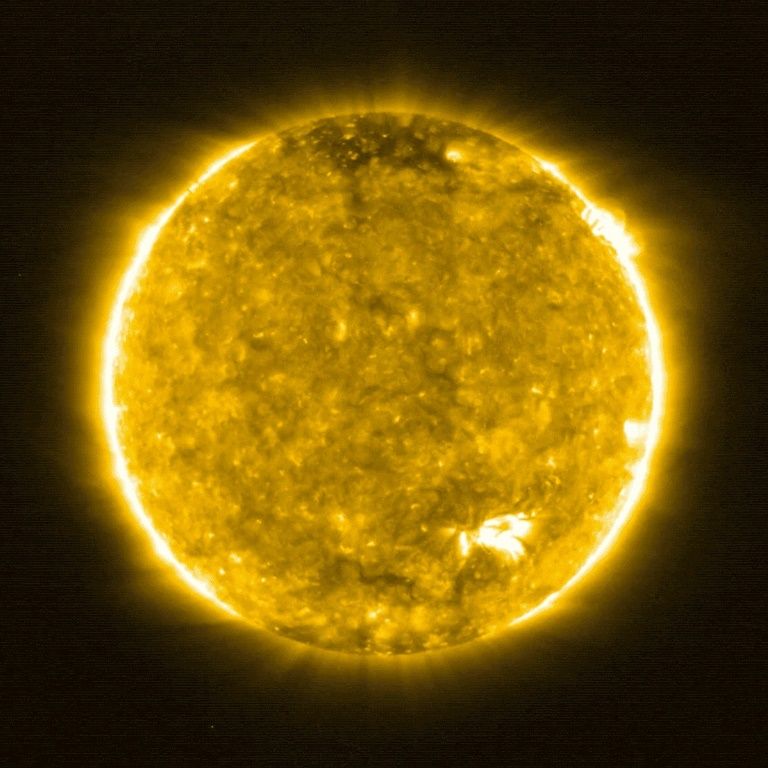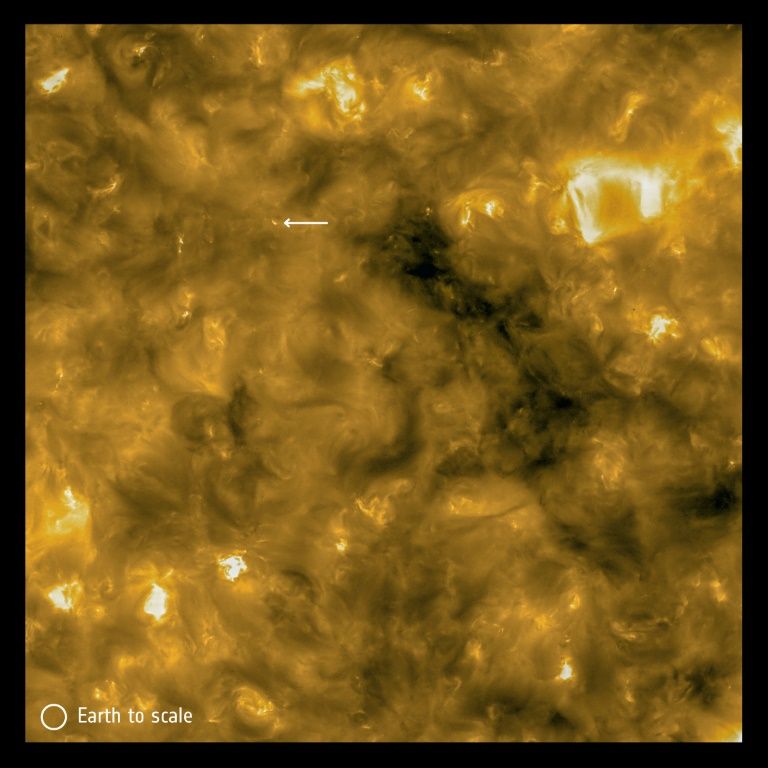Paris -- Scientists said Thursday they had obtained the closest ever images taken of the Sun as part of a pan-European mission to study solar winds and flares that could have far-reaching impacts back on Earth.
The European Space Agency's Solar Orbiter blasted off from Florida's Cape Canaveral in February and completed its first fly by of our star last month, sending back unprecedented images of phenomena close to its surface.
"The first images are exceeding our expectations," said Daniel Muller, Solar Orbiter project scientist at ESA.
"We can already see hints of very interesting phenomena that we have not been able to observe in detail before.
"This makes us confident that Solar Orbiter will help us answer profound open questions about the Sun."
|
|
| The craft is currently orbiting roughly halfway between the Sun and the Earth. Photo: AFP |
In particular, the team observed dozens of miniature solar flares, known as "campfires", which until now had never been captured on film.
David Berghmans, from Belgium's Royal Observatory, said the campfires were several million times smaller than solar flares, which can be observed from Earth.
Nevertheless, the smallest the team observed still measured around 400 kilometres across -- "about the size of a small European country," said Berghmans.
"The Sun seems relatively calm on first viewing but when you look at it in detail you can see miniature eruptions everywhere," he added.
Solar winds and flares emit billions of highly charged particles that impact planets, including Earth. But the phenomena remain poorly understood despite decades of research.
The largest solar storm on record hit North America in September 1859, knocking out much of the continent's telegraph network and bathing the skies in an aurora viewable as far away as the Caribbean.
Solar ejections can also disrupt radar systems, radio networks and can even render satellites useless, though such extremes are rare.
|
|
| The images obtained by the EAS missions show dozens of "campfires" -- blazes many millions of times smaller than solar flares -- roiling the Sun's surface. Photo: AFP |
During its first orbit, the craft -- developed in conjunction with NASA -- travelled around 77 million kilometres (48 million miles) from the surface, about half the distance between the Sun and Earth.
Equipped to withstand temperatures as high as 500 degrees Celsius (930 Fahrenheit), it will eventually travel as close as 40 million kilometres from the surface, protecting its instruments with a heat-resistant structure that will be exposed to sunlight 13 times stronger than on Earth.
'Terra incognita'
Its operators plan to gradually tilt the craft's orbit, enabling scientists to obtain the first ever images of the Sun's poles.
Sami Solanki, director of the Max Planck Institute for Solar System Research, said the team was especially excited about images of the Sun's poles, which he described as "terra incognita".
The Solar Orbiter mission and is set to last up to nine years at a cost of some 1.5 billion euros ($1.7 billion).
























































